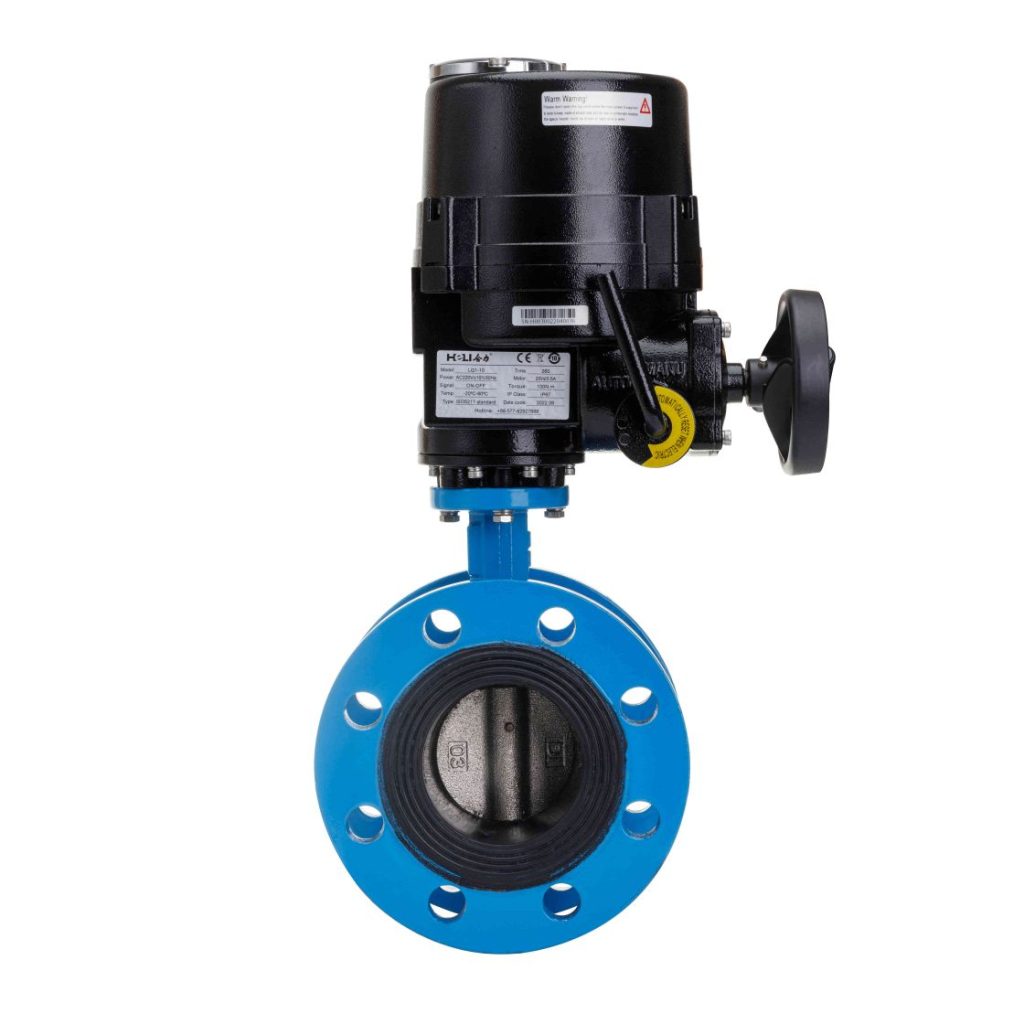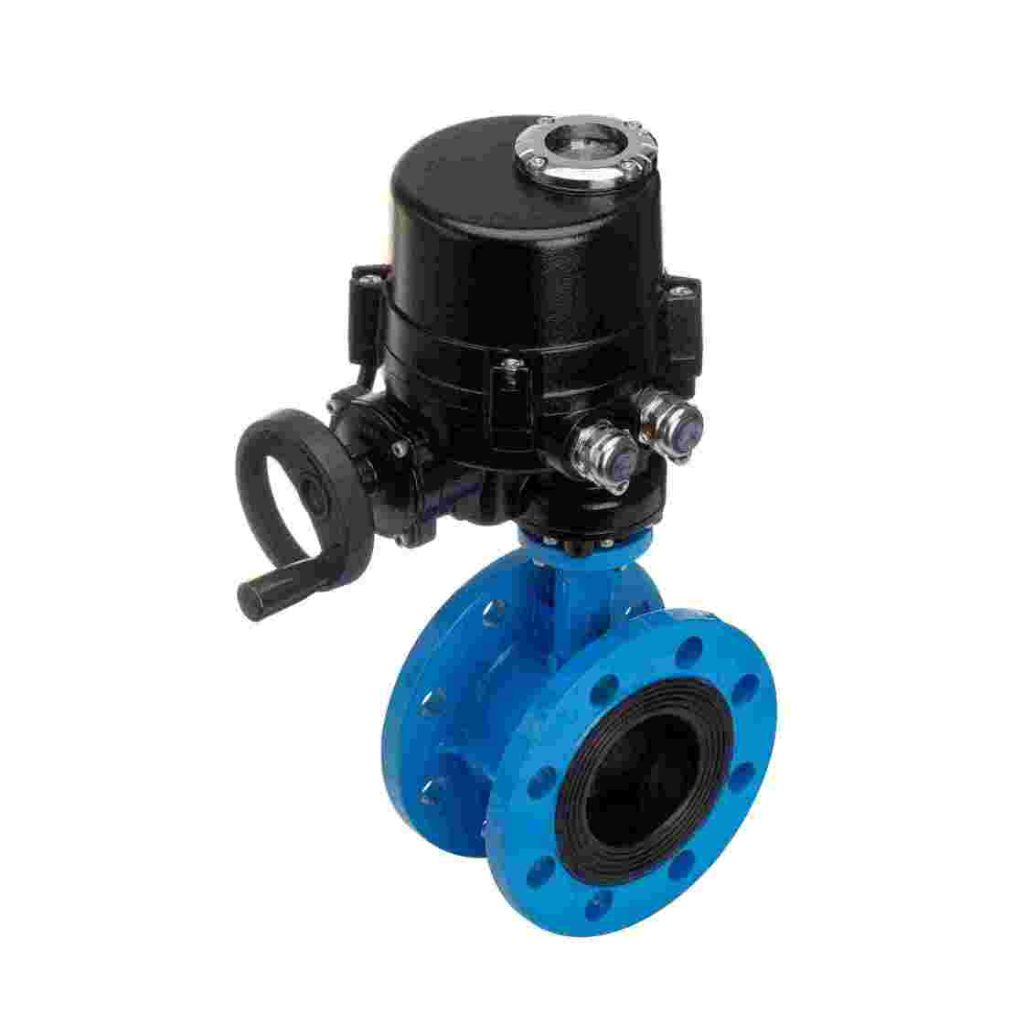In the realm of fluid control, the electric flanged butterfly valve stands out as a vital component, particularly in industries that require precise regulation of fluid flow. As an essential mechanism, these valves are designed to provide efficient flow control, making them a preferred choice for various applications. This article delves into the significance of electric flanged butterfly valves, their manufacturers, and the innovations shaping the industry.

Understanding Electric Flanged Butterfly Valves

Electric flanged butterfly valves are quarter-turn valves that utilize a rotating disc to control the flow of fluids. The “flanged” aspect refers to the valve’s design, which incorporates flanges for easy installation into pipelines. This valve type is powered by an electric actuator, which provides numerous advantages, including precise control, quick response times, and reduced manual labor. The basic structure of a butterfly valve includes a disc, stem, and body. When the valve is opened, the disc rotates parallel to the flow of fluid, allowing for unrestricted flow. Conversely, when the valve is closed, the disc rotates perpendicular to the flow, effectively sealing the passage. The electric actuator controls this rotation, enabling operators to open or close the valve remotely and automatically.
